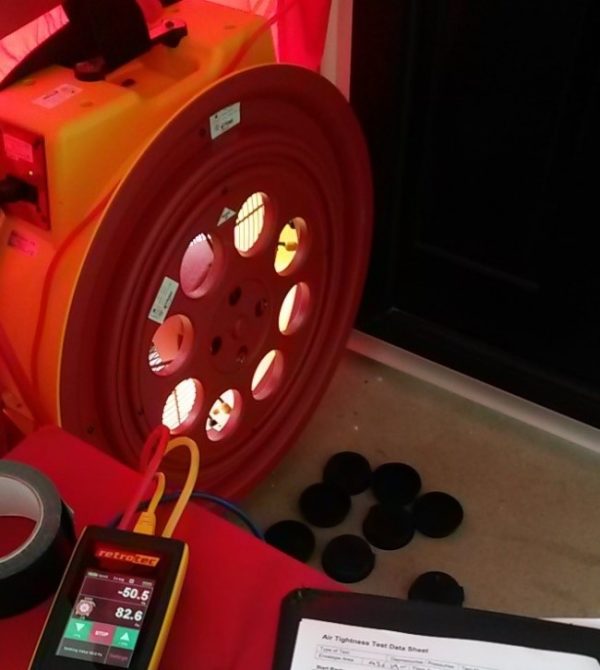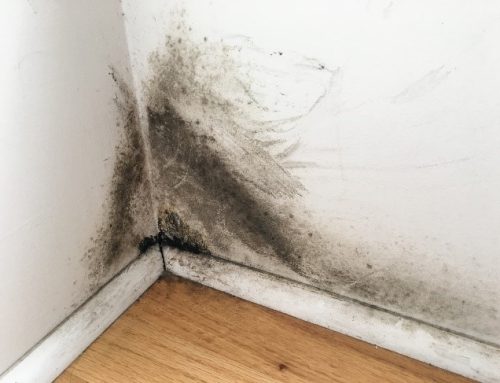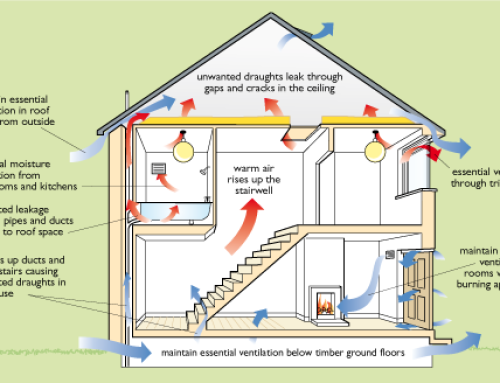Why do we carry out air tightness testing?
Alistair Mair
Air permeability testing, often known as air tightness testing, air leakage or air pressure testing plays an important part in establishing the energy performance of new dwellings.
Air permeability testing was introduced to Section 6 of the Scottish Building Regulations and became mandatory in 2011.
The purpose of the air permeability test is to check the construction of the building once completed complies with the designed parameters. The air test helps identify any possible air leakage that may cause cold draughts within the house and mean not only that the dwelling is not as comfortable as the intended design but that it will also loose heat and be less energy efficient than the proposed design causing larger heating bills for the home owner or tenant.
Air leakage (Q50) is measured in m³/h/m² this is effectively the amount of air measured in cubic metres that passes through the leaks within the external insulation envelope of the house every hour.
The architect or designer will set a Q50 target for the dwelling at the design stage, this is used to calculate the whole house energy performance through the Standard Assessment Procedure (SAP) which in turn creates the dwellings Energy Performance Certificate (EPC) on completion of the build.

A general rule of thumb for design gives an allowance for between 5 – 7 m³/h/m² for natural ventilation with intermittent extract fans,
Air permeability measured between 3-5 m³/h/m² requires a decentralised ventilation system or passiv ventilation.
Once the measured air permeability goes below 3 m³/h/m² it is essential that a full house ventilation system is designed and installed to provide adequate fresh air to the occupants and building fabric to prevent build-up of condensation within the dwelling.






